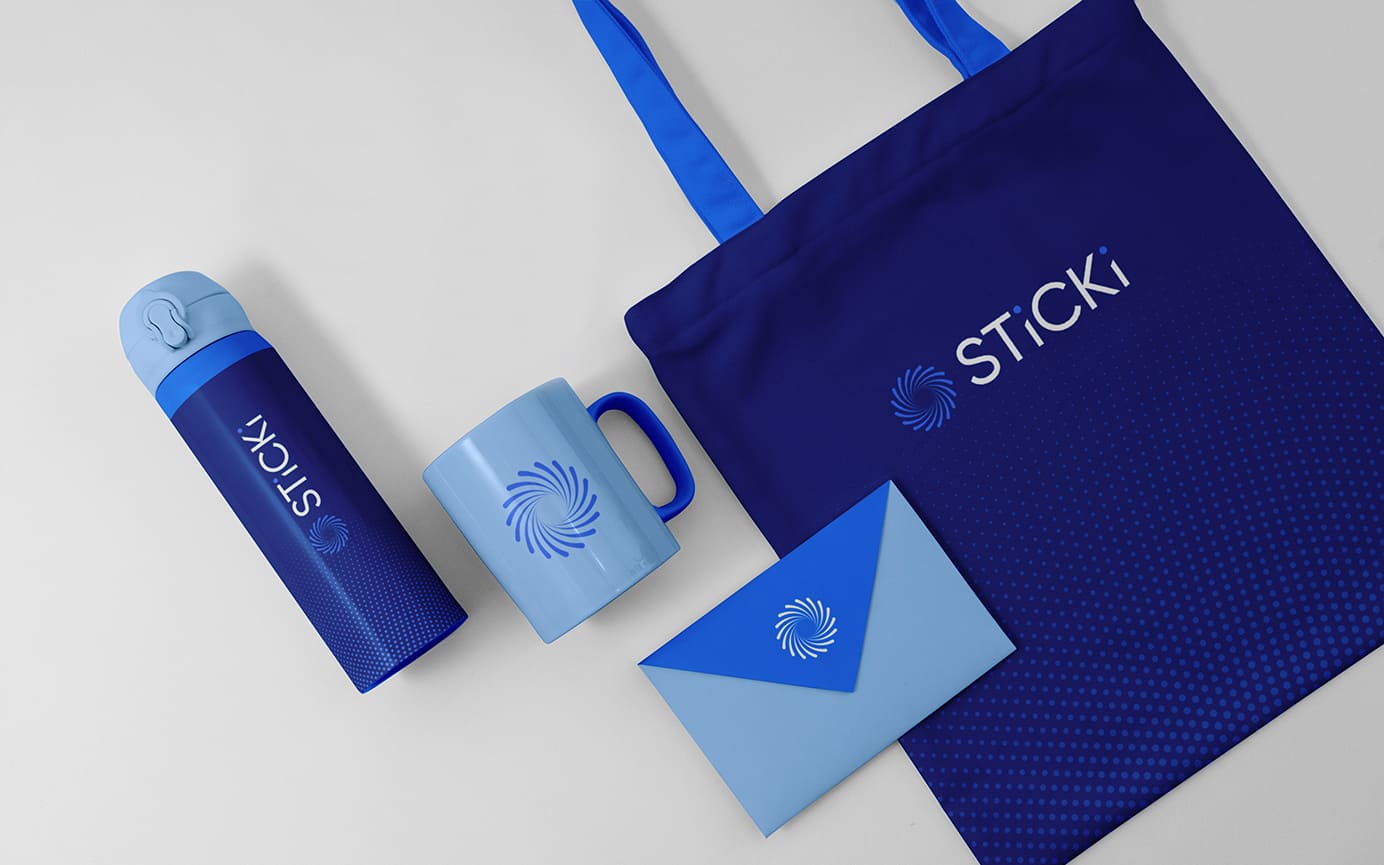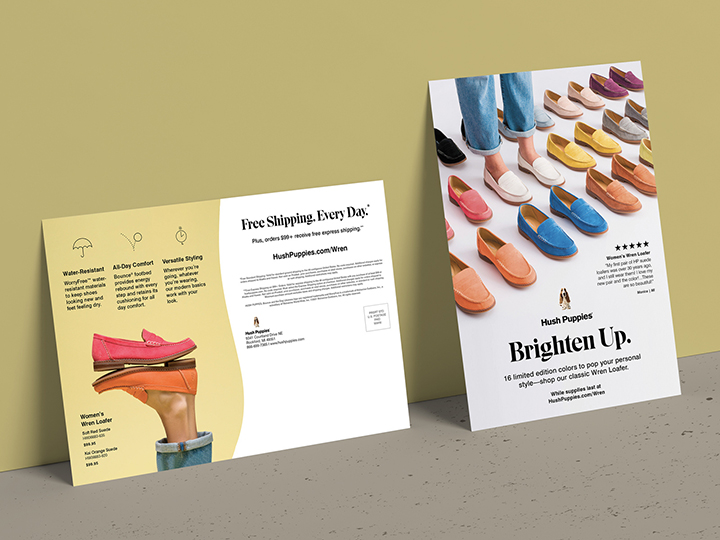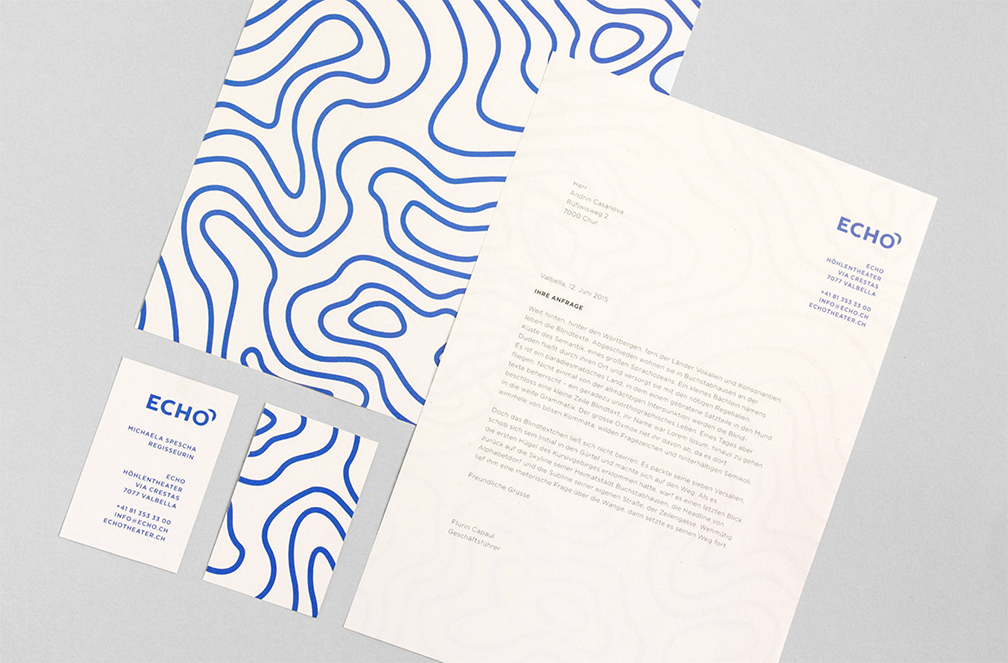The Rise of Custom Branded Online Stores
With the global shift toward digitalization, businesses are looking for ways to make their merchandise and promotional products more accessible. A custom branded online company store allows businesses to consolidate their marketing, sales, and branding efforts into one platform. These stores provide an easy-to-navigate, centralized hub where employees, clients, and even customers can browse and purchase branded items. From uniforms and promotional gifts to company swag and exclusive product offerings, these stores cater to a wide range of needs.
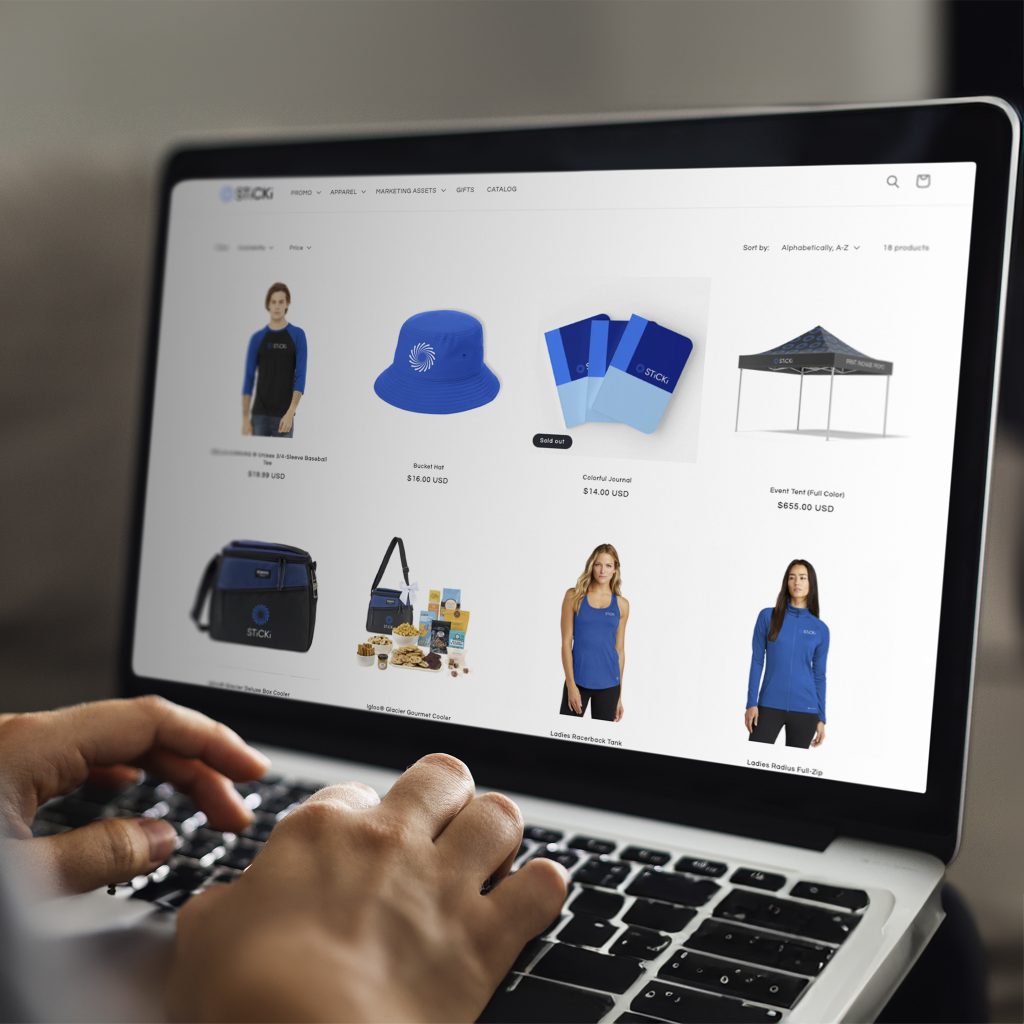
Benefits of Online Company Stores
1. Strengthening Brand Identity
A custom online store offers companies the unique opportunity to showcase their brand’s personality and values. With carefully selected colors, logos, fonts, and product choices, these stores serve as an extension of your company’s identity. Whether it’s an employee uniform or a corporate gift for clients, every interaction with the store is an opportunity to reinforce brand consistency and communicate your company’s ethos. This helps build a stronger connection with employees, clients, and customers, leading to enhanced brand recognition and trust.
2. Streamlined Procurement Process
Managing company merchandise, promotional items, and employee supplies can be a time-consuming and cumbersome process. Custom online stores simplify this by centralizing orders in one platform. Employees or clients can quickly place orders for branded gear, reducing the administrative burden on staff. Moreover, these stores can be customized to align with company budgets, inventory levels, and even approval processes, which leads to greater efficiency. This automated system also ensures that businesses can maintain consistent branding across all materials, avoiding discrepancies and confusion.
3. Enhanced Employee Engagement and Satisfaction
Employee morale and engagement are crucial for a productive workforce. By offering a custom branded online store, companies can boost employee satisfaction by providing them with easy access to branded merchandise, uniforms, and other company-related items. Employees feel more connected to the company when they have tangible products that represent their workplace. It’s also a fantastic way to reward employees for their hard work, celebrate milestones, and offer exclusive company swag that fosters a sense of community and pride.
4. Increased Customer Loyalty
Custom branded online stores aren’t just for internal use; they can also benefit customers. Offering clients access to branded products or exclusive merchandise through a store provides an extra layer of value. It gives customers the chance to take a piece of the brand home with them, whether it’s a hoodie, mug, or pen emblazoned with your logo. This creates an emotional connection with your brand, increasing loyalty and the likelihood of repeat business.
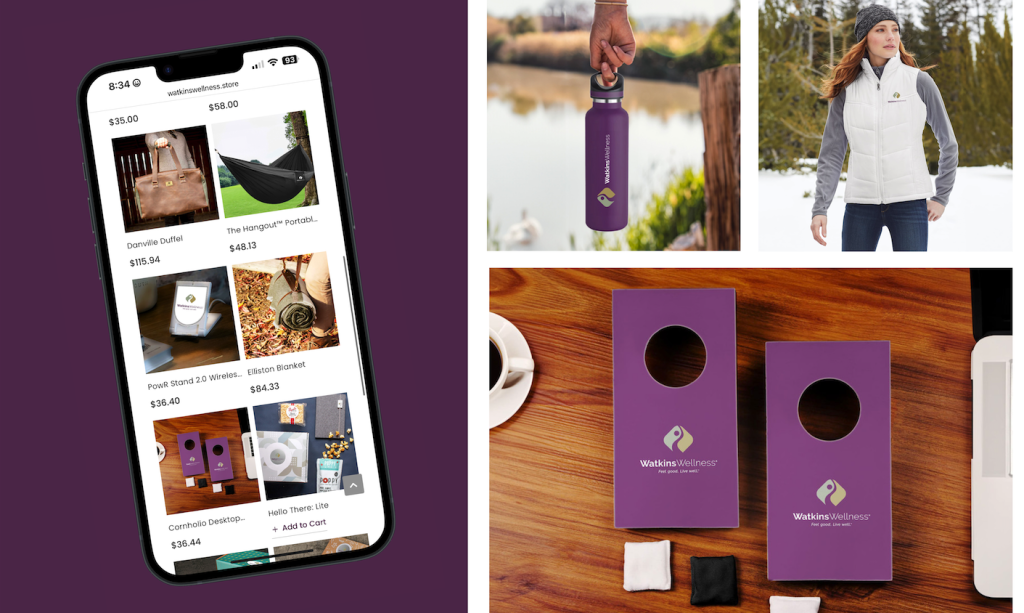
Why Online Company Stores Will Become the Norm
As the demand for seamless digital experiences grows, the custom branded online company store will inevitably become a must-have tool for businesses. Companies are increasingly focused on elevating their online presence, ensuring brand consistency, and streamlining operations—all of which an online store can provide. With a rise in remote work and a growing focus on employee benefits and perks, offering branded merchandise through a custom storefront has become an essential component of modern business strategy.
The trend towards online company stores isn’t just a passing fad—it’s the future of corporate merchandising, offering unparalleled convenience, cost savings, and brand-building opportunities. For businesses looking to stay ahead of the curve, investing in a custom online company store is a decision that will pay dividends for years to come.

Online company stores represent an exciting opportunity for businesses to manage their brand and products more efficiently. By offering an engaging, seamless experience for employees and customers alike, companies can build stronger connections, reduce operational headaches, and foster greater loyalty. As more businesses adopt this model, online company stores will become the standard for companies striving for modern, effective brand management.

